#Bufonidae
Text


Purple Harlequin Toad
6K notes
·
View notes
Text
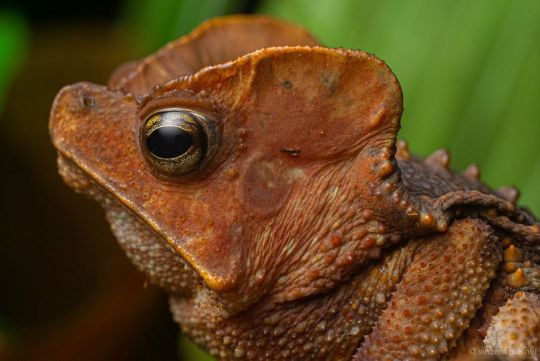
Mitred Toad (Rhinella margaritifera), family Bufonidae, French Guiana
photograph by Vincent Prémel
1K notes
·
View notes
Note
for awhile now ive considered getting a toad as a pet, so what kind would you consider to be kind overall to get?
I can't honestly recommend having toads as pets. Frogs in general are look-but-don't-touch animals, and don't make the world's best pets. Also bear in mind that toads can live for a very long time; captive cane toads can reach 35 years old. If you do decide to get a toad, make sure it is one that cannot survive in the wild in your local area. We have too many invasive toads as it is, and you do not want to be responsible for that. You have to check your local legislation to know what is or is not legal to keep. Because I don't know that, I can't make any real recommendations, sorry.
187 notes
·
View notes
Text
Took him
#snatched#cane toad#toad#frog blog#frog blogging#frog#frogs#frogposting#amphibian#amphibians#frogblr#herpetology#herping#bufonidae
414 notes
·
View notes
Photo

Cayenne stubfoot toad (Atelopus flavenscens) in Saül, French Guiana
Julien NKS
1K notes
·
View notes
Text

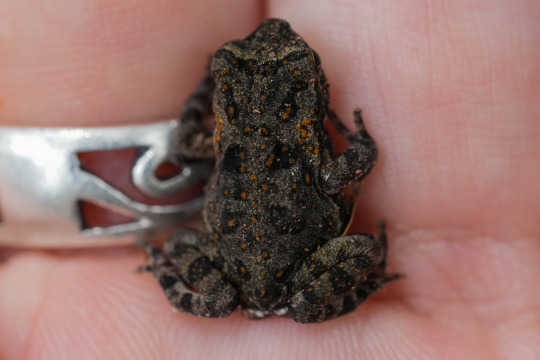
invasive but also Small and Cute.
Cane Toad, juvenile (Rhinella marina).
#ljsbugblog#not a bug#amphibia#amphibians#anura#toads#bufonidae#rhinella#beaked toads#rhinella marina#cane toad#macro
78 notes
·
View notes
Photo


American Toad
Anaxyrus americanus
Bufonidae
Photographs taken on August 12, 2022, along the Culham Trail, Mississauga, Ontario, Canada.
#wildflowers of southern ontario#American Toad#toad#amphibian#Anaxyrus americanus#Anaxyrus#Bufonidae#culham trail#mississauga#ontario#canada
81 notes
·
View notes
Photo

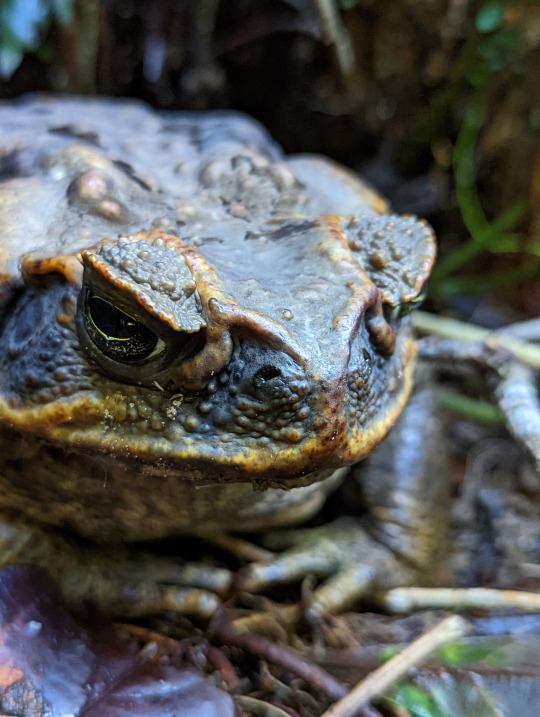
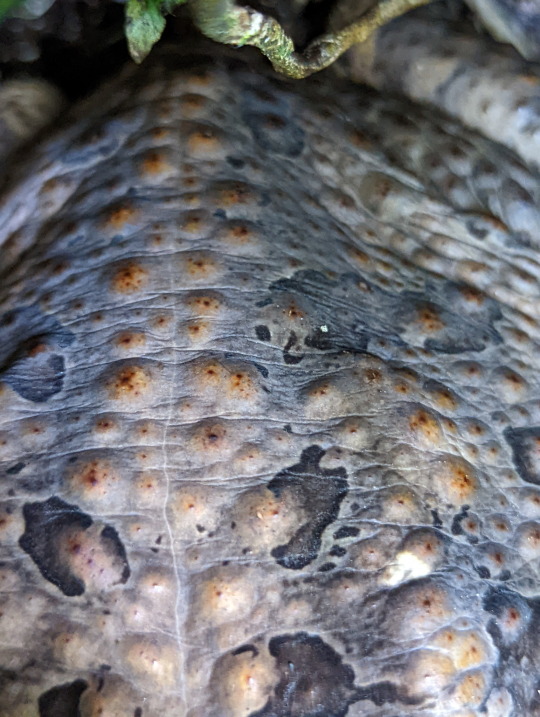
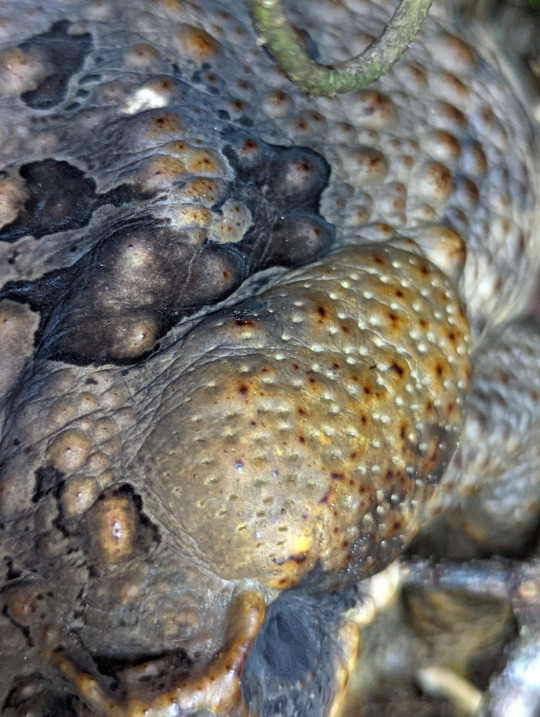
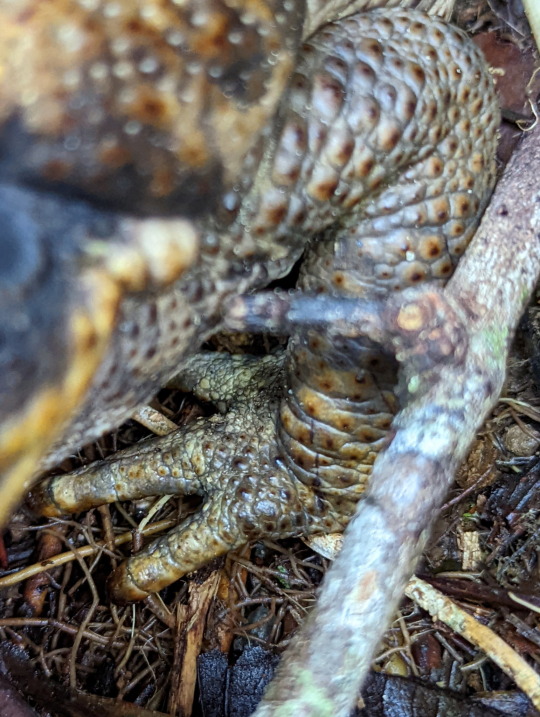
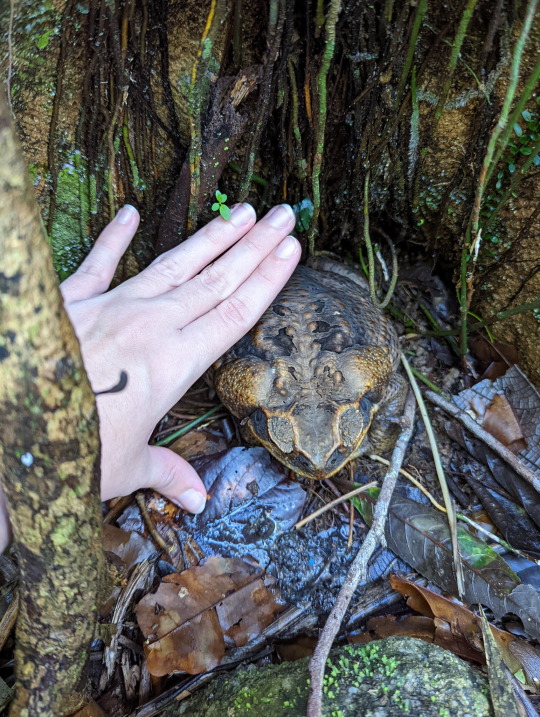
A big fat Cane Toad
An introduced menace to Australia.
Rhinella marina
06/07/22
#Rhinella marina#Cane Toad#toads#Bufonidae#Anura#Amphibia#Amphibians#Chordata#Chordates#Vertebrata#Vertebrates#frogs#frogblr#toadblr
154 notes
·
View notes
Photo
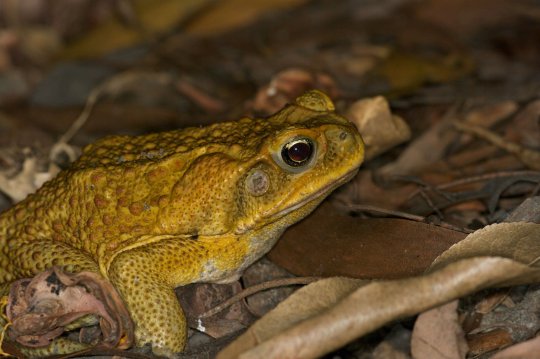
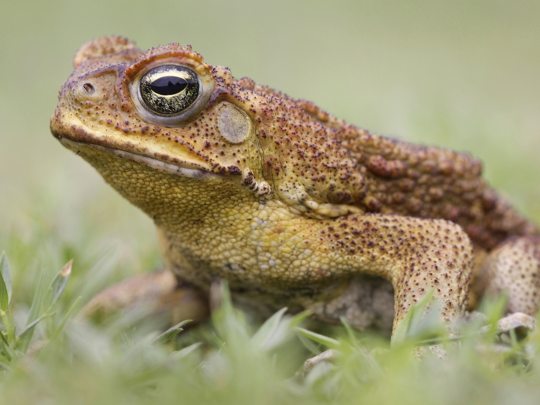

Caring for the Cane Toad
Also known as the giant neotropical toad or marine toad, the cane toad (Rhinella marina) is a large species of toad native to Central and South America. They are most often found near permanent sources of water like lakes, wetlands, and slow-moving rivers, as well as tropical rainforests and open grasslands. R. marina can also be found in human-modified areas, like gardens and farmland. They have a wide range of temperatures which they can tolerate; some populations in North America can tolerate up to 53% of their bodily fluids freezing.
Despite their preference for living near water, cane toads are primarily terrestrial. They feed on a wide range of arthropods, birds, small reptiles, and small mammals-- anything they can fit in their mouths. Prey is mainly identified via movement and smell, as R. marina has poor vision and hunts at primarily night. During the day the marine toad hides under logs or in foliage to avoid predators. The most common threats in its native region include caimans, birds of prey, snakes, eels, large fish, and bullet ants. To deter these predators, the cane toad can emit a milky-white substance known as bufotoxin, which is poisonous to many species. Individuals will also inflate their lungs, puffing up their bodies to appear larger than they really are.
R. marina is easily identified as the largest species in the family Bufonidae, reaching up to 24 cm (9.5 in) long and weighing an average of 106g(3.75 oz). Females are significantly larger than males. On adults, the head and back are covered with large wart-like bumps, and the color ranges from light grey to red to dark brown. Juveniles have smooth skin and are usually darker in color. Because of their terrestrial nature, marine toads lack webbing between their fingers.
The giant neotropical toad is capable of breeding year-round, so long as resources are plentiful. Males congregate in bodies of slow-moving or still freshwater, and call loudly to attract a mate. Depending on the number of males and the size of their breeding ground, males may also fight for dominance. After a female choses a mate (or several), she may lay up to 25,000 eggs in strings up to 20m (65 ft) long. The eggs take only 2-7 days to hatch, but few make it past the tadpole stage, which lasts about a month. Only about 0.5% of cane toads reach adulthood, which takes about a year. Without predators R. marina can live up to 10 years.
Conservation status: The IUCN lists the cane toad as Least Concern, due to their large native population and adaptability. Unfortunately, the cane toad has been introduced in many areas, including Australia, southeast Asia, the Caribbean, and North America, and is considered a highly invasive species.
If you like what I do, consider leaving a tip or buying me a kofi!
Photos
Chris Ison
John Sullivan
Richard Shine
#cane toad#Anura#Bufonidae#south american toads#true toads#toads#amphibians#wetlands#wetland amphibians#freshwater fauna#freshwater amphibians#lakes#lake amphibians#rivers#river amphibians#tropical forests#tropical forest amphibians#urban fauna#urban amphibians#central america#south america#biology#zoology#animal facts
220 notes
·
View notes
Text

Green mosaic harlequin frog (Atelopus cruciger)
Photo by Stephen Dalton
#frog#green mosaic harlequin frog#rancho grande harlequin frog#harlequin frog#veragua stubfoot toad#toad#atelopus#atelopus cruciger#amphibians#bufonidae#venezuela#venezuelan wildlife#tropical frogs#tropical#animals#wildlife#yellow#yellow frogs#yellow and black#nature
33 notes
·
View notes
Photo

21 notes
·
View notes
Photo

Costa Rican Variable Harlequin Toad
#costa rican variable harlequin toad#clown frog#frog#Atelopus varius#Amphibia#Anura#Bufonidae#Atelopus#upl
32 notes
·
View notes
Text
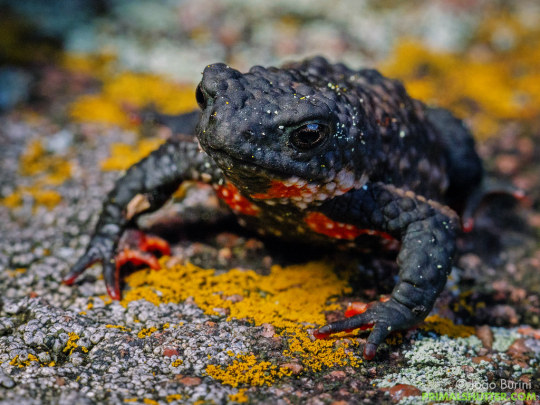



Maldonada Redbelly Toad (Melanophryniscus moreirae), family Bufonidae, endemic to Itatiaia National Park, Brazil
Poisonous.
Described in 2004.
photographs by P. Almeida Santos & João P. Burini
1K notes
·
View notes
Note
What is the best toad you have ever seen? (doesnt have to be one you saw irl, just the best toad in your opinion).
Look, there are 647 toad species in 53 genera, and I have seen many of them, some of which are truly glorious. So it is hard for me to say that any one is the best I have ever seen. But to just choose one group for the sake of argument:
I am a huge fan of animals evolving mittens instead of fingers, like what we see in bolitoglossid salamanders and the web-footed sand gecko, Pachydactylus rangei. In toads, the arboreal African genus Nectophryne have done this gloriously. And they're also exceptionally cute for true bufonids.

[src]
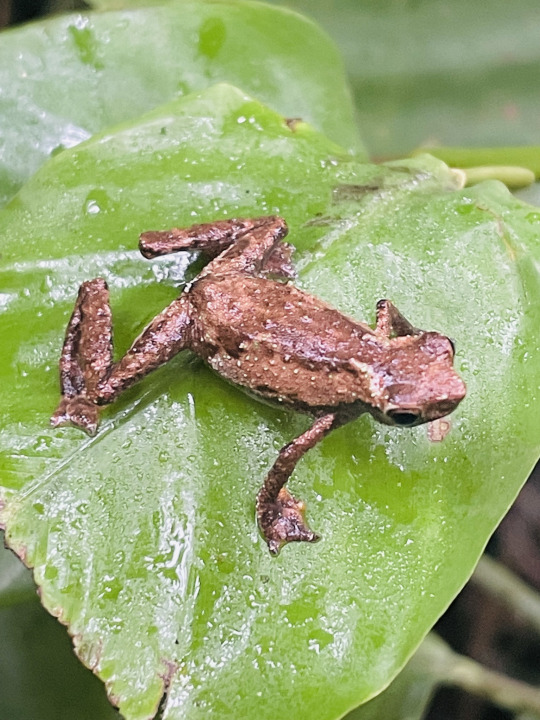
[src]
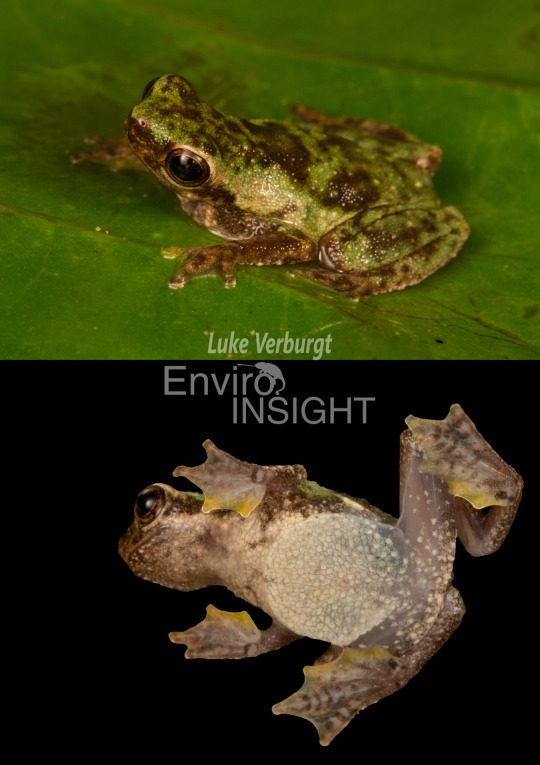
[src]
#toad#toads#animals#frog#frogs#friend-shaped#the internet is really really great (for frogs)#I've got a fast connection so I don't have to wait (for frogs)#there's always some new site (for frogs)#I browse all day and night (for frogs)#it's like I'm browsing at the speed of light (for frogs!)#Nectophryne#Bufonidae#Nectophryne afra#Nectophryne batesii#these things are totally crazy#they're some of the smallest toads in the world#and have a really strong miniaturisation syndrome#and I am a sucker for miniaturised frogs#as you know#these toads have the hands that apple originally designed its hockey puck mouse for
261 notes
·
View notes
Text

fowler's toad, Anaxyrus fowleri
#I do not understand frog feet#I tried drawing them and tracing them and looking at other frog feet#all amphibian feets are so funky#anyway shoutout to the TRUE TOADS!!!#bufonidae#these guys technically live where I do#I would love to meet one someday#I see so many gray tree frogs however and they are lovely#frog#toad#amphibian#herpetology#ashart#animals
2 notes
·
View notes
Text


Two amphibians! A salamander, Plethodon cinereus, and a toad, Anaxyrus americanus. P. cinereus is the only member of its genus found this far up north in eastern Maine. A. americanus seemed common in and around the coastal spruce forests too, saw a couple of them.
4 notes
·
View notes